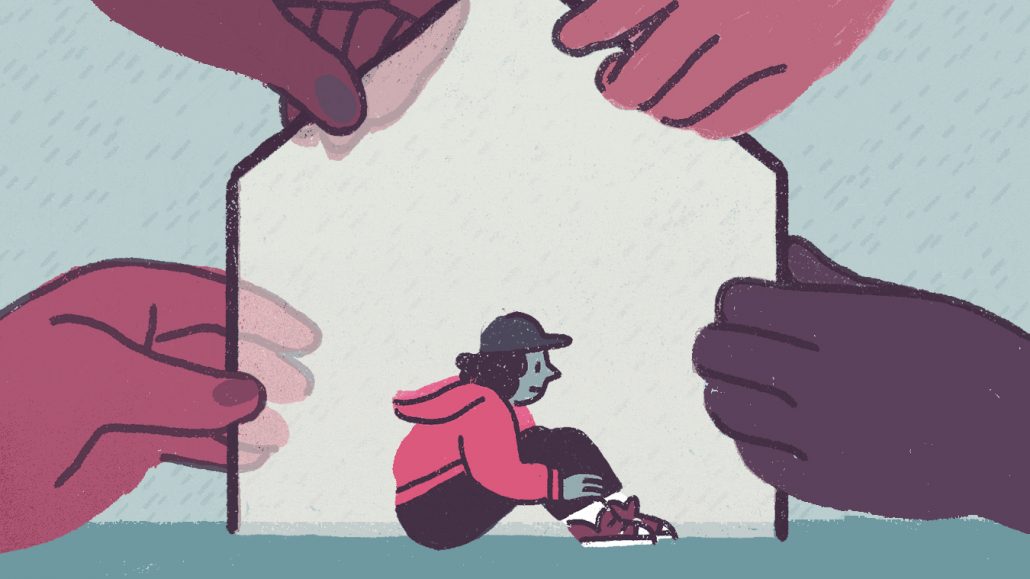
Kids experiencing homelessness are not just rebels without a cause—and they want (and need) your help
Mary Molise* was just 17 years old when she first found herself homeless.
At six, she had lost her mother to cancer. For the next six years, she’d been passed around from one relative to another. Then she moved from British Columbia to Whitby, Ont., to live with her father and his new wife. What Molise had hoped would be a happy reunion quickly turned sour.
Soon after her arrival, her father and stepmother began calling her names and telling her she was a disappointment. One day she came home to find her stepmother had thrown out all her clothes. Often, meals were prepared for her step-siblings but not for her. Eventually, the abuse escalated to physical violence. By the time she was in high school, most nights Molise was staying with friends. When she turned 16, she moved out for good. One year later, she was sleeping on the streets.
Molise couldn’t apply for government aid because she didn’t have the required identity documents. When she was sleeping on the streets, she didn’t use the shelter system because she was afraid of male predators, but she’d sometimes find relative safety sleeping in friends’ garages. Unsurprisingly, she fell behind on homework, and her vice-principal suggested she leave her school, saying it wasn’t a good fit for kids like her. “I feel like it would have been different if I’d been younger,” says Molise. “But when you’re 16, people have this expectation that you can take care of yourself.”
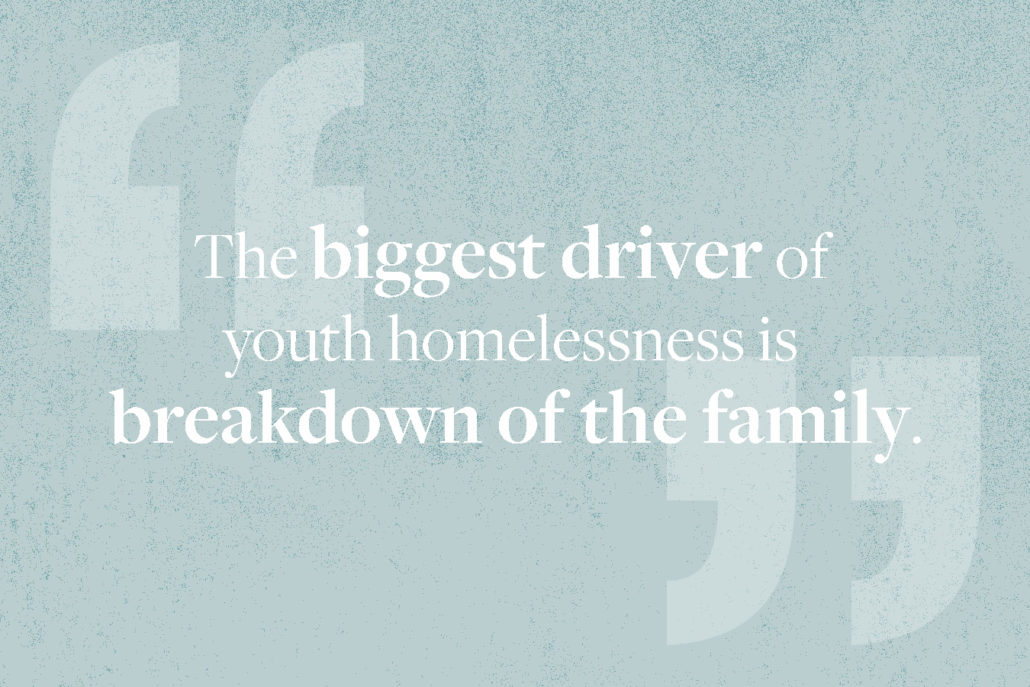
Molise wound up doing correspondence courses, completing assignments at a local Tim Hortons, where staff gave her stale doughnuts and let her clean herself in the washroom. She found a job at a gas station, but even then, she struggled to find a place to live. At one point a friend’s parents took her in, but the transition was difficult after everything she’d experienced with her own family. She would melt down over the smallest things, terrified that she might be kicked out over any infraction. It took a lot of kindness and patience on the part of her friend’s parents before she began to trust them.
Now, at the age of 34, Molise is living independently and her life is stable. But that’s thanks to the individual people who helped her, she believes, not the systems that were supposed to save her. And while the circumstances that helped her get off the street are unusual, the story of how she found herself without a place to live in the first place are all too common. Here are some of the surprising truths about youth homelessness in Canada.
Youth homelessness is about abuse and neglect, not rebellion
“Often people think it’s about kids who don’t want to follow the rules at home, so they leave,” says Clovis Grant, CEO of 360° Kids, a United Way–supported agency that strives to address gaps in the system. “But the biggest driver of youth homelessness is breakdown of the family.”
Like Molise, many homeless youth are fleeing abuse, neglect or other untenable family situations. And there are often adults in their lives who know something’s wrong long before the children become homeless. In fact, 43 percent of youth who experience homelessness have had child welfare system involvement at some point in their lives, sometimes moving through multiple foster homes and group homes before ending up on the streets.
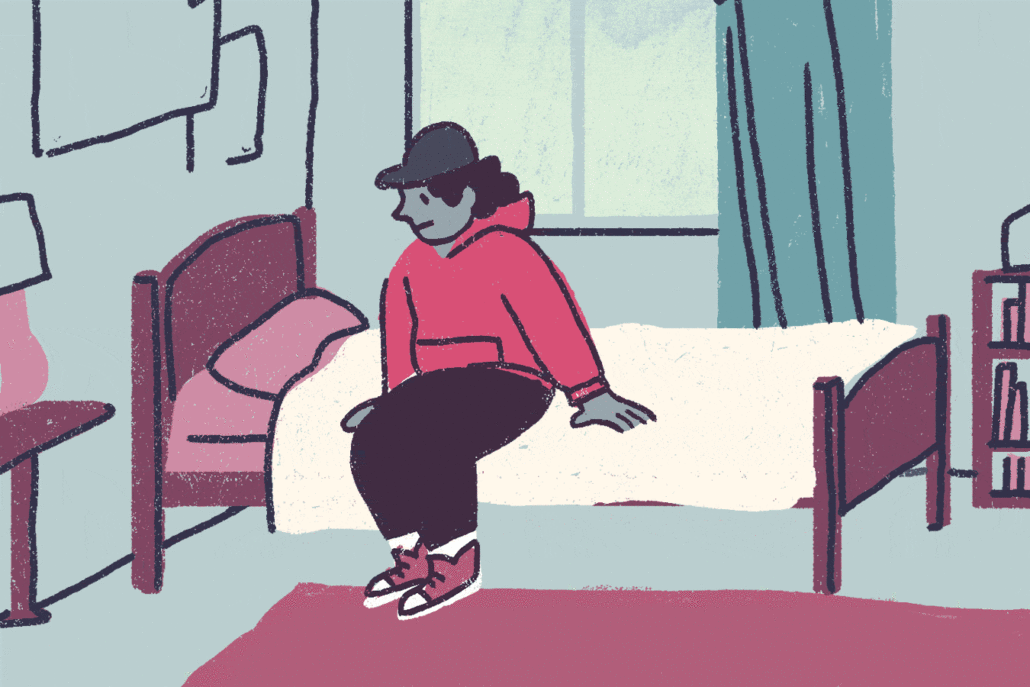
Youth homelessness is a huge problem in Canada
Each year, more than 35,000 Canadians aged 16 to 25 experience homelessness. And this number doesn’t reflect the “hidden homeless”—people who are couch-surfing and not accessing services and therefore harder to measure. Even though people of this age group make up just 13 percent of the general population, they account for roughly 20 percent of the population staying in shelters. The ratio is even higher in some cities, like in Kingston, Ont., where one-third of shelter users are young people. Within this youth homeless population, various marginalized groups are overrepresented as well: 25 to 40 percent identify as LGBTQ+ (compared with 5 to 10 percent in the general population) and 10 to 30 percent are Indigenous (versus 5 percent in the total Canadian population).
These numbers are stark, and many experts worry that it’s becoming increasingly hard for homeless youth to transition into a safer and more stable situation, particularly with the current housing crisis in many communities. Emily Wright, an advocate on the issue of youth homelessness who has also experienced it firsthand, notes that supports are scarce, too. “A lot of the programs that taught hands-on life skills have disappeared,” she says. “Those that do exist are overwhelmed and have a hard time dealing with youth with more serious needs.”
Youth homelessness is different from adult homelessness
Many adults who experience homelessness end up in that position for economic reasons, says Grant, because they’ve lost a job or been priced out of housing. But if a young person is affected by a parent’s or caregiver’s financial instability, they experience this at a remove and are less likely to be in a position to implement solutions. Youth homelessness is also system-driven, with many young people ending up on the streets because child welfare, prison and hospital systems don’t have adequate discharge plans. Many young people struggle with poverty, mental health issues or the effects of abuse and risk ending up repeating the same cycles.
Another distinct problem for youth is that they may lack the skills necessary to live on their own. They might come from homes so chaotic that they weren’t able to learn things like how to do laundry or prepare meals. They may not have the education or experience required to get even a minimum-wage job. They likely don’t know how to look for apartments, and even if they do, they’ll find many landlords are hostile to the idea of teen tenants. Like Molise, they might not have proper identification documents or the means to apply for them. And on top of all these barriers, shelters are often not equipped to deal with the specific issues youth are facing, not least of which is the fact that their age and relative inexperience puts them at a higher risk of being exploited by predatory adults.
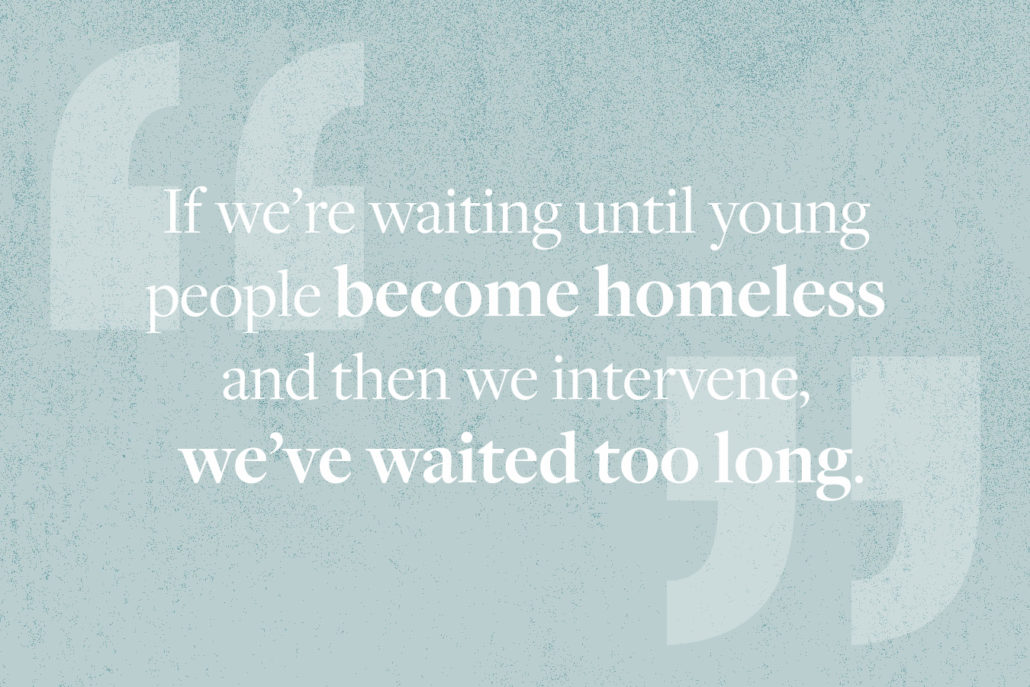
Youth homelessness requires its own solutions
Youth homelessness is a unique problem that requires unique strategies and responses. For example, Wright is strongly in favour of programs that focus on long-term goals. She believes too much emphasis is put on youth getting a job—any job—versus providing them with the education and training for a career that can grow with them over the years. She also says it’s important to give youth the room to make mistakes and grow at their own pace, a belief shaped by her own struggles with substance abuse, which led to her experiencing homelessness. “A harm-reduction approach was important for me,” she says. “Having rehab centres that preached abstinence-based recovery and a higher power were not what I needed. I needed practical life skills.”
Prevention is also an important element. “If we’re waiting until young people become homeless and then we intervene, we’ve waited too long,” says Grant. “The longer they’re homeless, the worse their outcomes.” He strongly believes that programs that strengthen families and offer mentorship and early intervention in schools, as well as more affordable housing and anti-poverty initiatives, will help lower the risks some youth face.
Youth homelessness is not just their problem
Wright says parents and educators can make a difference by talking to the children in their care about the realities of homelessness and why it happens, always making sure to emphasize the humanity of those experiencing it. She also suggests doing projects with children in which they can make a real-world impact on young people experiencing homelessness, such as bringing warm clothing and new towels and toiletries to youth shelters.
“Too often it’s left to the community centre or government to come up with solutions, but if we can bring a lot of different players in the mix we can come up with creative ideas,” says Grant. For example, 360° Kids recently pioneered a new program in Canada called Nightstop, where volunteers host homeless youth in their spare bedrooms. The idea is to connect kids who need a break from a difficult situation at home with other community members, rather than putting them into the shelter system.
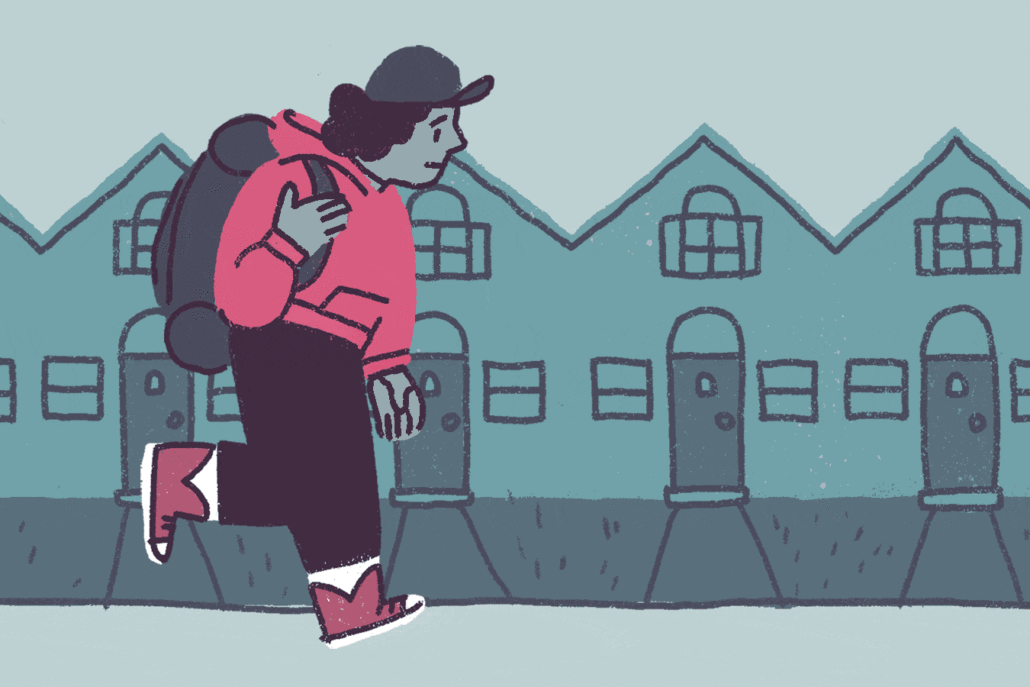
The Adoption Council of Ontario has also launched a pilot program called Never Too Late for a Family, to help young people who’ve aged out of the child welfare system to connect with a family wishing to offer support, guidance and a sense of belonging. As Molise’s experience shows, just one compassionate adult—a teacher, a friend’s parent or a volunteer—can change the course of a vulnerable youth’s life.
“Homelessness is not just an issue for the people in the sector, it’s a broader community issue,” says Grant. “We have the resources to solve homelessness, but we must first see it as an abhorrent problem and then have the will to do something about it.”
So if you know a young person who needs help, be someone who makes a difference: Offer them a hot meal, connect them to a local service, or simply be a sympathetic ear.
* Name has been changed for privacy